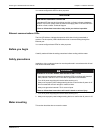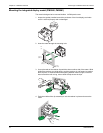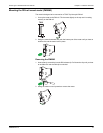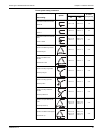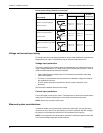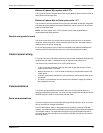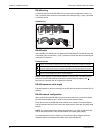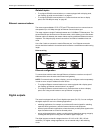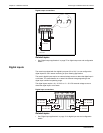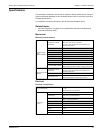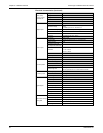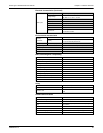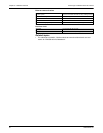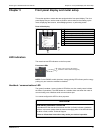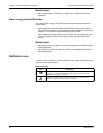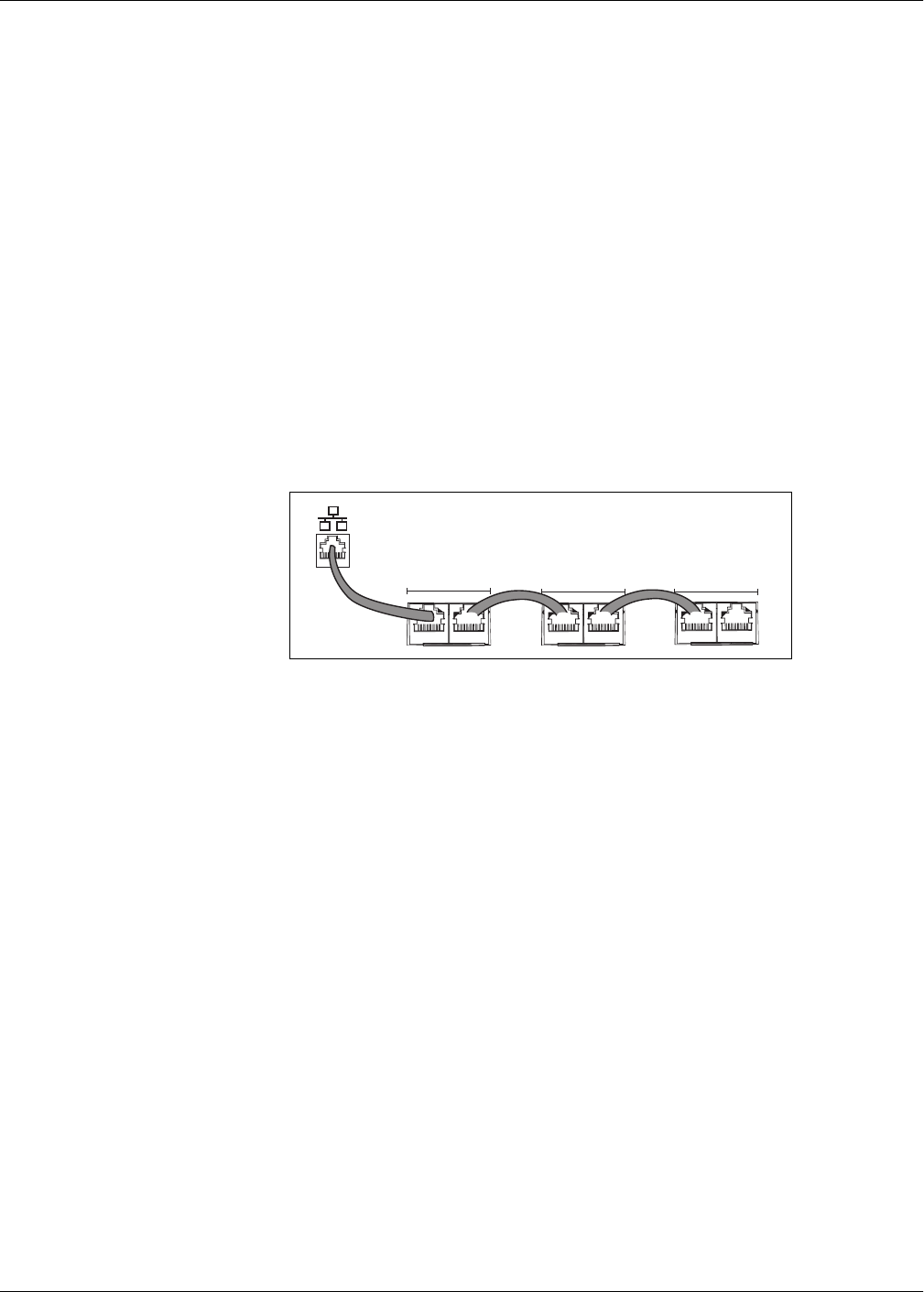
PowerLogic™ PM5500 series user manual Chapter 2—Hardware reference
HRB1684301-01 25
Related topics
• To configure RS-485 communications on a meter equipped with a display panel,
see “Setting up serial communications” on page 41.
• To configure RS-485 communications on a meter that does not have a display
panel, see “RS-485 port setup” on page 50
Ethernet communications
The meter supports Modbus TCP, HTTP and FTP protocols and can communicate at
data speeds up to 100 Mbps through its Ethernet communications port.
The meter supports a single IP address between two 10/100Base-T Ethernet ports. The
second Ethernet port functions as an Ethernet switch, which allows you to have shorter
Ethernet cable runs between the meters without requiring additional Ethernet routers or
repeaters. This helps simplify network connections and reduce installation time and
costs.
Use a Cat 5 cable to connect the meter’s Ethernet port. Your Ethernet connection
source should be installed in a location that minimizes the overall Ethernet cable routing
length.
Ethernet configuration
To communicate with the meter through Ethernet, all devices must have a unique IP
address and be set to the same subnet mask and gateway.
NOTE: For meters that do not have a display, you must configure each one separately
in order to set a unique IP address for each device.
• To configure Ethernet communications on a meter equipped with a display panel,
see “Setting up Ethernet communications” on page 42.
• To configure Ethernet communications on a meter that does not have a display
panel, see “Using a web browser to set up Ethernet” on page 49.
Digital outputs
The meter is equipped with two Form A digital output ports (D1, D2). You can configure
the digital outputs for use in the following applications:
• switching applications, for example, to provide on/off control signals for switching
capacitor banks, generators, and other external devices and equipment
• demand synchronization applications, where the meter provides pulse signals to the
input of another meter to control its demand period
• energy pulsing applications, where a receiving device determines energy usage by
counting the kWh pulses coming from the meter’s digital output port
The digital outputs can handle voltages less than 30 V AC or 60 V DC (125 mA
maximum). For higher voltage applications, use an external relay in the switching
circuit.
Ethernet wiring
ETHERNET
ETHERNET
ETHERNET
ETHERNET
SWITCH / HUB
Eth
erne
t
Switch / hub
Ethernet Ethernet Ethernet



